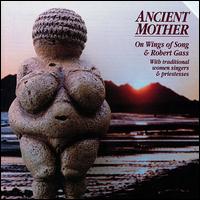
description
3Machado de Assis is among the most original creative minds in Brazil's rich, four-century-long literary tradition. Caldwell's critical and biographical study explores Machado's purpose, meaning, and artistic method in each of his nine novels, published between 1872 and 1908. She traces the ideas and recurrent themes, and identifies his affinities with other authors. In tracing Machado's experimentation with narrative techniques, Caldwell reveals the increasingly subtle use he made of point of view, sometimes indirect or reflected, sometimes multiple and "nested" like Chinese boxes. Caldwell shows the increasing sureness with which he individualized his characters, and how, in advance of his time, he developed action, not by realistic detail, but by the boldest use of allusion and symbol. Each novel is shown to be an artistic venture, and not in any sense a regurgitation from a sick soul as some critics have argued. IN searching out the unity of his novels, Caldwell explores the other aspects of Machado's intellectual life--as poet, journalist, playwright, conversationalist, and academician. Of particular interest is her attention to his shift away from the social criticism of his early novels into the labyrinth of individual psychology in the last five--all of which rank among the world literature. But this perceptive account never loses sight of the one element present in every piece of Machado's fiction, in eery one of his personages; that is, superlative comedy, in its whole range: wit, irony, satire, parody, burlesque, humor. Altogether, Caldwell reveals to us a writer, in essence a poet, who is still the altus prosator of Brazilian letters. This title is part of UC Press's Voices Revived program, which commemorates University of California Press's mission to seek out and cultivate the brightest minds and give them voice, reach, and impact. Drawing on a backlist dating to 1893, Voices Revived makes high-quality, peer-reviewed scholarship accessible once again using print-on-demand technology. This title was originally published in 1970.
member goods
No member items were found under this heading.
Return Policy
All sales are final
Shipping
No special shipping considerations available.
Shipping fees determined at checkout.







